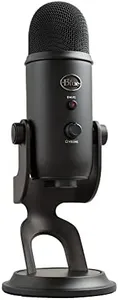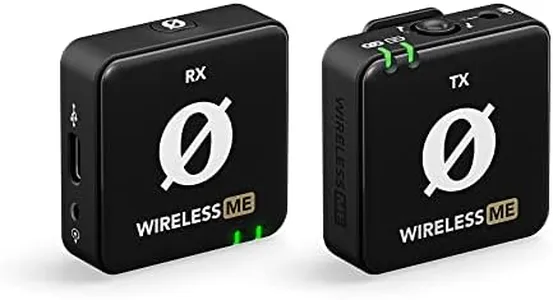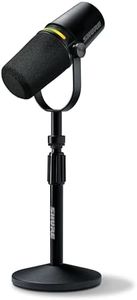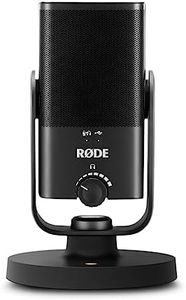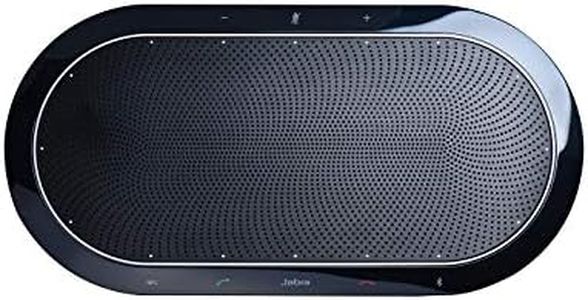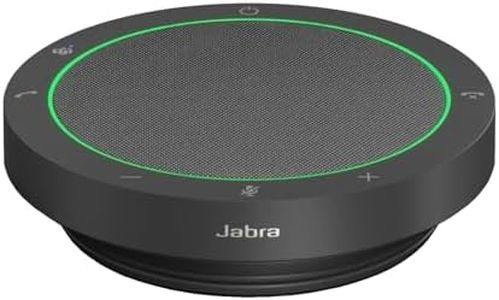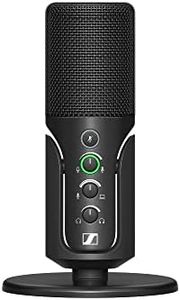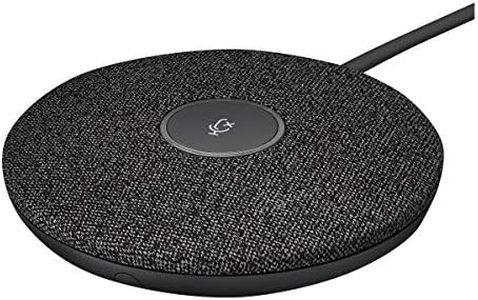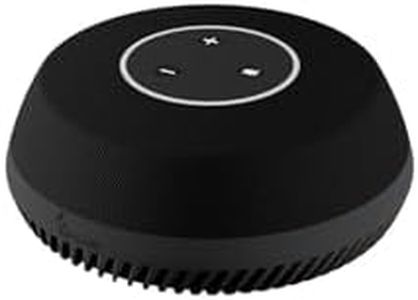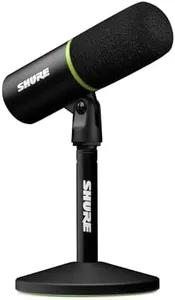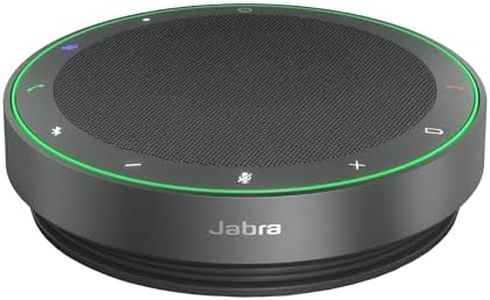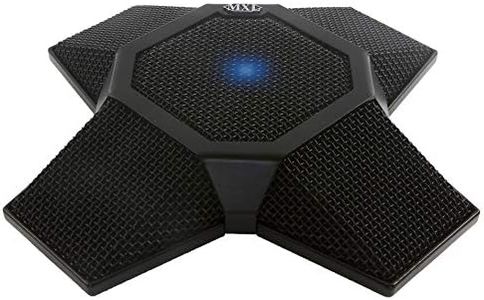We Use CookiesWe use cookies to enhance the security, performance,
functionality and for analytical and promotional activities. By continuing to browse this site you
are agreeing to our privacy policy
10 Best Conference Microphones
From leading brands and best sellers available on the web.By clicking on a link to a third party's website, log data is shared with that third party.
Buying Guide for the Best Conference Microphones
Choosing the right conference microphone can make a big difference in the quality of your meetings, classes, or collaborations. The main goal is to ensure every participant is heard clearly, no matter where they are in the room. Good microphones reduce background noise, enhance speech, and offer convenience depending on your setup. To find the best microphone for your needs, it's important to understand which features matter most in your particular environment.Microphone TypeConference microphones come in various types such as boundary (tabletop), gooseneck, and wearable/lavalier. This refers to the physical style and how the microphone collects sound. Boundary microphones are good for capturing voices from several people in a room, while gooseneck microphones are ideal for focused, individual speaking at table setups. Lavalier microphones allow speakers to move around freely. Select the type that suits how your meetings or conferences are usually conducted.
Pickup Pattern (Polar Pattern)The pickup pattern determines from which direction the microphone best captures sound. Common patterns include omnidirectional (picks up sound from all directions) and cardioid (focuses on sounds from the front). Omnidirectional microphones are useful for group discussions, while cardioid microphones help filter out background noise and are ideal for one-person speaking slots. Think about the typical size of your group and whether the room is loud or quiet.
ConnectivityMicrophones can connect to your conferencing system via USB, XLR, Bluetooth, or other wireless technology. USB microphones are easy to use with computers, while XLR offers higher sound quality and is common in more professional setups. Bluetooth or wireless microphones can reduce cable clutter and give more freedom to move. Consider what devices you’ll use the microphone with and whether you need portability or a fixed solution.
Number of Microphones SupportedSome conference systems allow chaining multiple microphones together for larger rooms or multiple speakers, while others are standalone. If you regularly host big meetings or need to cover a large space, make sure the system supports adding more microphones. For personal or small meetings, a single unit usually suffices.
Noise Cancellation/FilteringThis feature helps minimize unwanted background sound, focusing on the voices you want to hear. Strong noise cancellation is important if your meetings are in open or noisy environments. If you use conference rooms with consistent, controlled sound, basic noise filtering could be enough. Consider where most of your meetings take place.
Mute and Control FunctionsEasy mute buttons, volume adjustment, and status indicators add convenience, especially in group settings. Some microphones offer touch or remote control, which makes management simple during meetings. Decide if you need quick-mute access or other controls for smooth operation when multiple people are involved.
